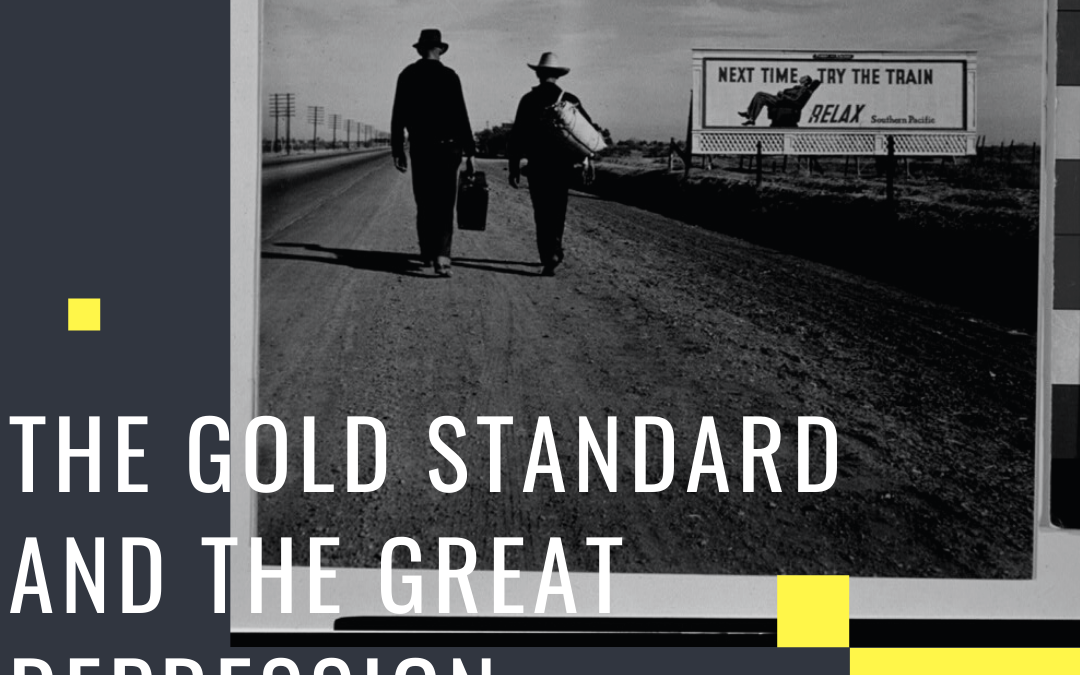How the gold standard made the Great Depression much worse
The Great Depression. Some say that it was caused by a failure of the stock market. Well… that’s not all. Jacob Goldstein, host of NPR’s Planet Money podcast and author of “Money: the Truce Story of a Made-Up Thing” joins us to discuss the role the gold standard played in making the depression what it was.
A run on the bank
Here is why the gold standard made the Great Depression much worse. Simply put, the panic of 1929 caused people to run to the bank and demand their money back in the form of gold. We were on the gold standard back then and you could literally go to a bank and ask for them to get your money in gold. But banks were running out! There was only so much gold on hand because banks don’t generally keep 100% of their money in the vault. And banks (for the ease of our understanding things) “create” money when they do loans. So it was possible for a bank only to have a certain percentage of their loans backed by actual gold.
The Federal Reserve Raised Interest Rates
This created real trouble. If the banks ran out of gold, they’d go broke and have to close. So the Federal Reserve decided to raise interest rates. Raising interest rates gives people an incentive to leave their money in banks because then they get more interest. BUT it also made it harder for people to borrow money or refinance their existing loans. Which put a huge crimp on the American financial system. In order to keep gold in the banks, the Fed had to hobble the loan industry. That meant that businesses couldn’t get loans to help with payroll, and people looking to start a business couldn’t get the money they needed. And the economy froze.
That is why the gold standard was bad for the economy. Preserving it meant sacrificing the loan industry.
Helpful Sources:

